Female Peacock | How Do You Differentiate Between Female Vs Male Peacock

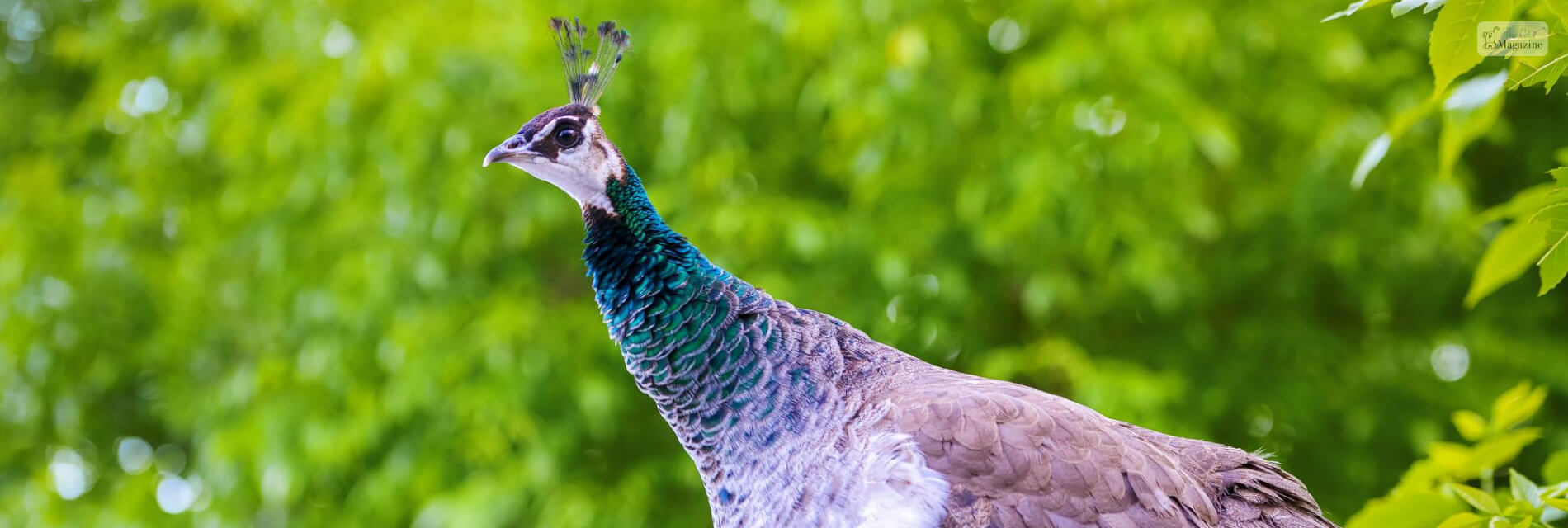
It is no question that a peacock is truly beautiful and absolutely stunning, then it is very important that you know the difference between a male and a female peacock.
It is quite possible that you don’t know much about female peacocks, but they are very pretty and quite independent than other birds as well.
“Female peafowl, aka peahens, are not nearly as lavish as their male counterparts. However, they’re still large and beautiful birds with soft-brown chestnut plumage, a metallic-green neck, and a distinct head crest. Peacocks are polygamous and mate with 3 to 5 females in one breeding season. The female peahen incubates and raises the chicks on her own, without assistance from the male.”
If you wanna know more about the difference between male vs female peacocks, then in this article, you will the information here in this article.
Bird Overview
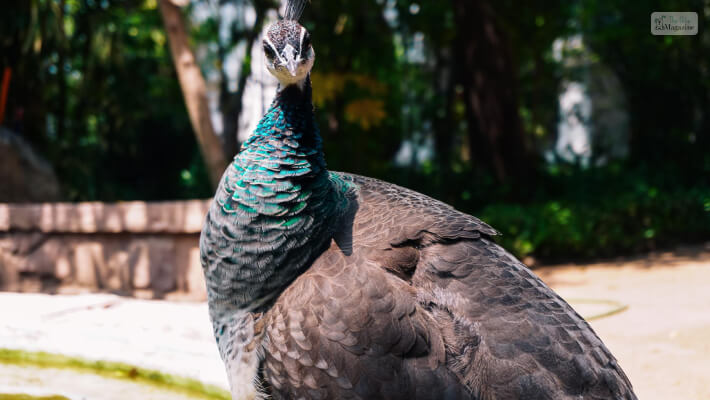
Here is a few important details about a female peacock that you might wanna know and understand even. So you should keep on reading through this article.
| Kingdom | Animalia |
| Class | Aves |
| Phylum | Chordata |
| Tribe | Pavonini |
| Family | Phasianidae |
| Subfamily | Phasianinae |
| Order | Galliformes |
Male Peacock Vs Female Peacock
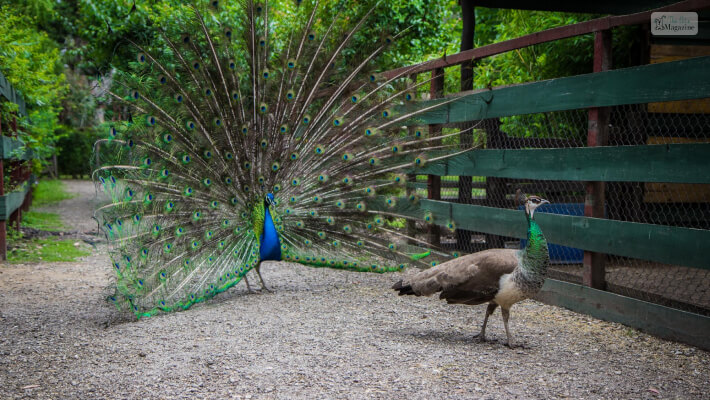
Now that you need to understand that there is a difference between a male and female peacock. Here are a few differences between the two.
| Female Peacocks | Male Peacocks | |
| Size | They are about 4 ft tall, including the tail feathers. | They are about 7 ft tall, including the tail feathers. |
| Weight | 5 – 9 pounds | 9 – 15 pounds |
| Behavior | They are territorial with other females, build nests, look about the young ones, and are comfortable with living in a group or flock. | They are very territorial with females, they tend to attract with their colorful tail feathers. The male ones don’t take care of the little ones. |
| Feathers | Lack beautiful colors and details. The colors are camouflaging or of neutral shades. | The tail is long, beautiful, and colorful. It mainly consists of green and blue colors. |
| Reproduction | The females lay eggs and take care of the young ones all alone, living with them and other females. | They only mate with the females, or else they live a very solitary life. |
What Is A Female Peacock Called?
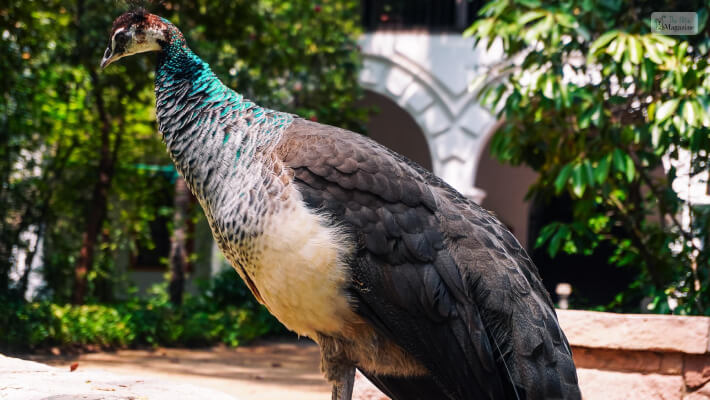
It is important to know that the english terminology of “female peacock” is totally incorrect. The actual term is called a Peahen or a Female Peafowl.
Key Differences Between Male Vs Female Peacock
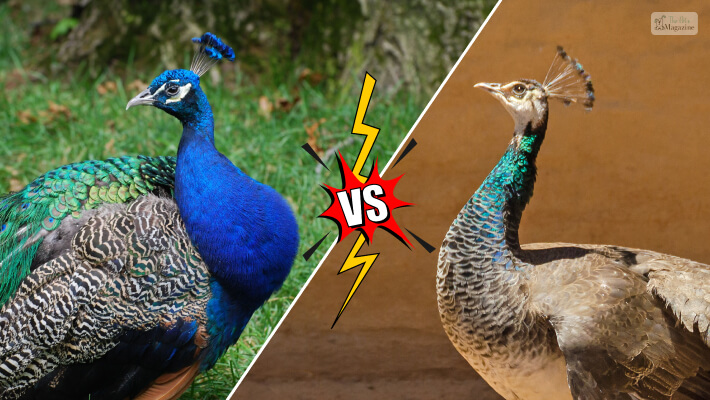
The main difference between a female peacock and a male is quite significant and obvious. These differences can be easily seen once you see them together, one of the obvious ones is that the male ones are colorful while the female ones are not as much.
1. Size And Weight
If you are considering the length and weight of a peacock and peahen, it is quite significant, and that too by a large margin. Male peacocks usually grow up to be 7ft in total length, while female ones are nearly 4ft in length.
When females often weigh about 5 – 9 pounds, while males weigh nearly about 9 – 15 pounds, which is their average weight.
2. Feathers And Coloring
When it comes to male peacocks, they are very beautiful with beautiful colorful feathers and amazing colorings. The colors dominant in male peacocks are green and blue. Well, on the other hand, female peacocks are very muted as well.
The female ones are quite muted, although they have beautiful colored feathers on their body. But their tail feather is more cream, tan and brown shades. This is quite easier for them to hide in plain sight as camouflage.
3. Neck And Head
When it comes to the shape of their head and neck, a peacock and peahen are very different. Both males and females have a unique feather formation on the top of their heads, like a crest.
The male peacocks have beautiful green and blue colored feathers on top of their head, and the female ones have them in muted shades such as cream and brown.
The eye colors of male and female birds are also different. The male ones have white on top of blue markings, while the females have plain feathers.
4. Raising The Young
When on the one hand, the male peacocks are not at all responsible for raising the young ones, they are fully dependent on the mothers. The female peacocks tend to incubate the eggs for about 27 to 30 days, hardly leaving their sight even for eating or drinking.
They are defensive about the eggs and would also attack if needed. Once the eggs hatch, the chicks are called peachicks, they are able to walk within a few hours of being born.
The chicks follow their mother for food and everything else. The fathers have no role to play when it comes to looking after the kids, they are very absentee fathers in that sense.
5. Calls, And Vocalizations
The vocal calls of both male and female peacocks are very different, while the male ones have a shrill and harsh, almost like screaming, sounding like may-awe or even ka-aan. Well, on the other hand, the female calls are almost metallic, like kok-kok and kha-kha-kha.
6. Temperament
Apart from the obvious differences in appearances and vocalization, there are plenty of behavioral differences between peacocks and peahens. The primary cause of these differences is the role these birds play in the peacock society. Peacocks are famous for their mesmerizing display of patterns and colors to court females. Peahens are primarily concerned with survival. As a result, there are some key differences in their behaviors.
Like for example, peacocks are some of the most solitary birds out there. These birds mostly live a solitary life, but come together only during the mating season. Therefore, a peacock would live a solitary life throughout its lifecycle. Meanwhile, peahens are not solitary creatures and rather live in communities with other peahens and their kids. Moreover, Peahens take active strides towards providing for their young and building nests for them.
Something that peacocks do not take part in. Since peahens are more accustomed to living in communities, they are usually not hostile towards other peahens or peacocks. However, peacocks live a solitary life. As a result, they can at times be hostile towards other peacocks. Other than that, the birds do not share too many differences when it comes to temperament.
Are They Endangered?
Peacocks or peafowls can be broadly classified into three distinct categories. These categories are green peafowl (Pavo muticus), Indian peafowl (Pavo cristatus) and Congo peafowl (Afropavo congensis). Out of these three bloodlines, the green peafowl or Pavo muticus is an endangered species.
According to IUCN Red List of Threatened Species, the Green peafowl is an endangered species since 2008. The species was one of the most common and widespread across Vietnam, Myanmar and Cambodia. However, there has been a steep drop in the population since the early 2000s. As of now, sources suggest that there are only 10,000 to 19,999 specimens out in the wild.
One of the primary reasons for the dwindling population numbers is unethical hunting. These birds are very popular among taxidermists and exotic meat aficionados. Therefore, hunters have relentlessly hunted these birds for their meats and feathers. In fact, in the last few years, eggs of Pavo muticus has gained a large popularity in culinary communities. Culmination of these factors accelerated the hunting of these animals by poachers and hunters.
Moreover, loss of habitat is another reason for the dwindling population of these birds. Every year, around ten million hectares of forest are deforested every year globally. This causes a serious condition for these birds, who have to move away from their habitat towards more populated centers. This creates a whole new chain of issues that play a major role in deforestation. Like for example, farmers consider these peacocks as pests, as they at times feed on crops. As a result, farmers poison them in order to safeguard their crops.
Frequently Asked Questions:
Check out the most frequently asked questions related to female peacocks and the differences they share with male peacocks mentioned below in detail.
1. What Is The Difference Between A Peahen And A Peacock?
A female peacock has a fan-shaped tail decorated with pretty eyesports which is repsonsible for giving the bird its distinctive look. On the other hand, Peahens are typically tan or brown in color, and do not have multiple feathers like peacocks.
Plus, Peahens have relatively shorter tails as compared to peacocks since their tail feathers are generally gray or brown in color.
2. Is It The Male Or Female Peacock Which Has The Brightly Coloured Feathers?
Male peacocks are well known for their bright colors and jewel-toned feathers, showing off their really colored tail or train to attract a female peacock. When it comes to selecting a mate, peahens (female peacocks) decide what is attractive. Peahens often choose males for the quality of their trains.
3. Why Is The Male Peacock More Colorful Than The Female Peacock?
Just as we use the bright colors of birds to identify different species, so do birds themselves. The colorful plumage of males allows birds within the species to recognize each other. It also allows predators outside the species to recognize birds that are not safe to eat. Dull feathers protect female birds.
Wrapping Up!
Now that you got to know what female peacocks are like and also how they are different than male peacocks in so many ways. Through these differences, it is easier to distinguish between the two very easily.
So if you think the article was helpful, then give it a like and comment below to let us know whether the information given in the article was helpful or not.
You may also be interested in:

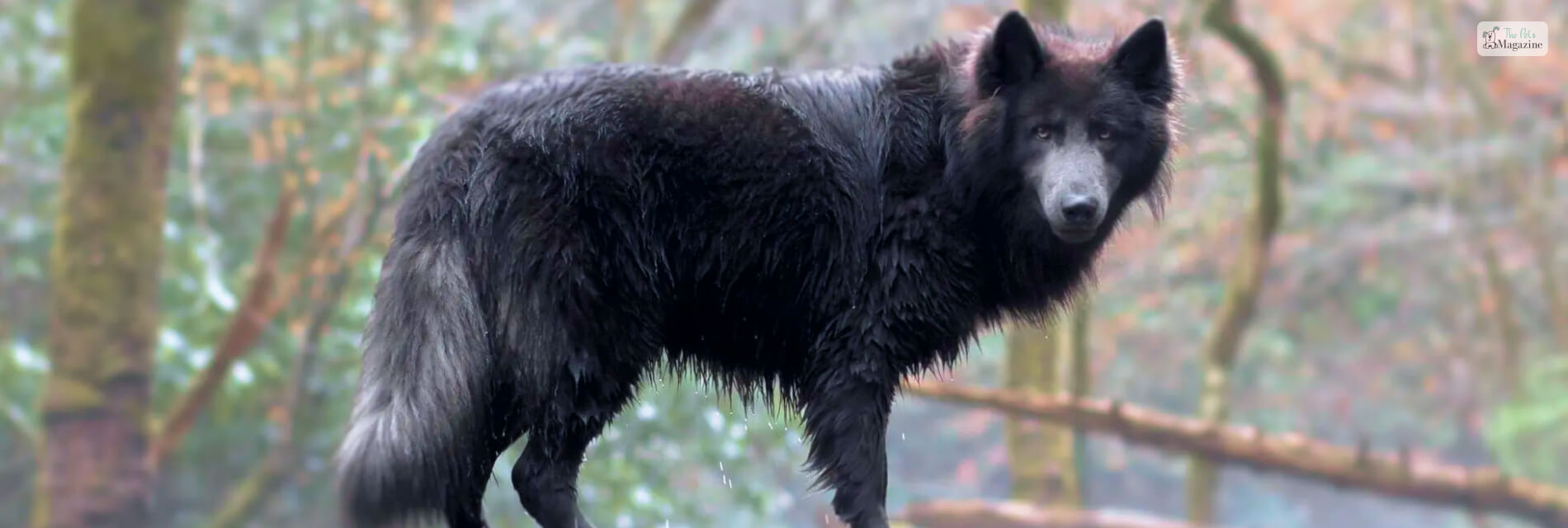
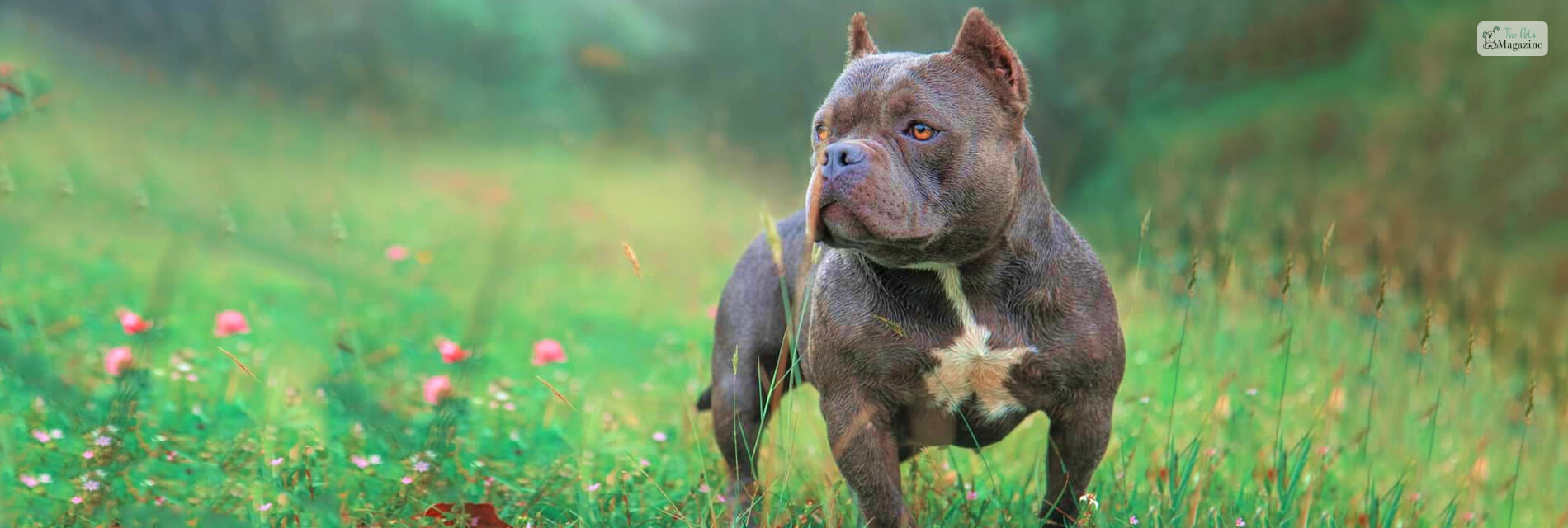


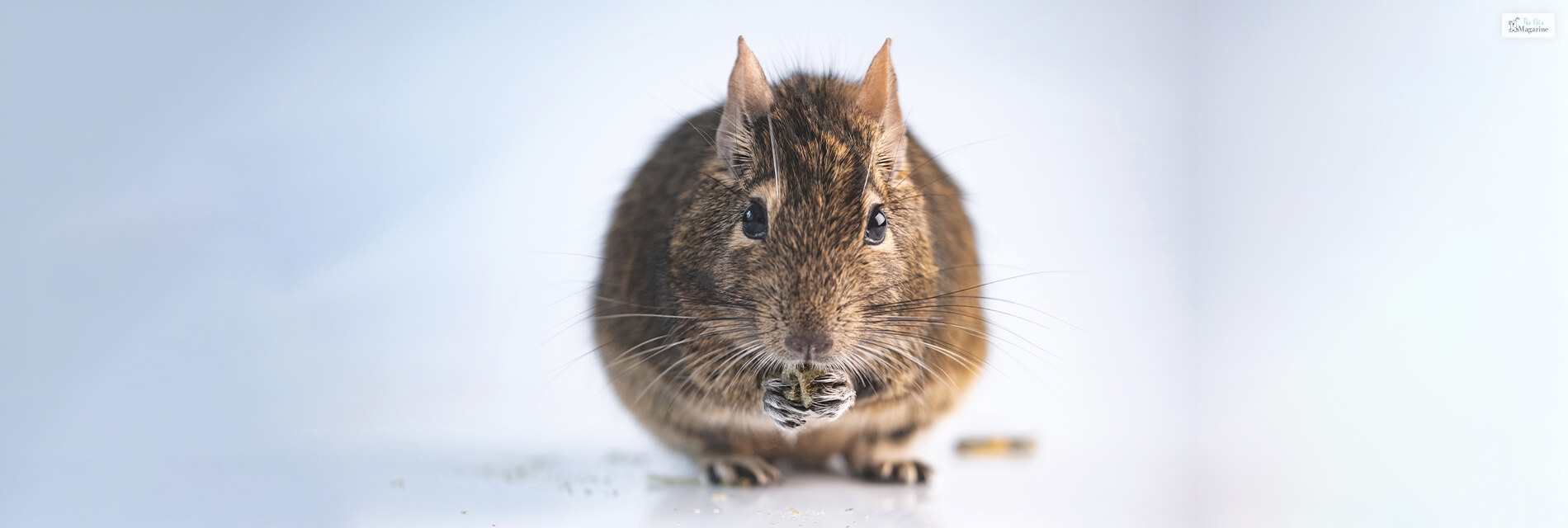
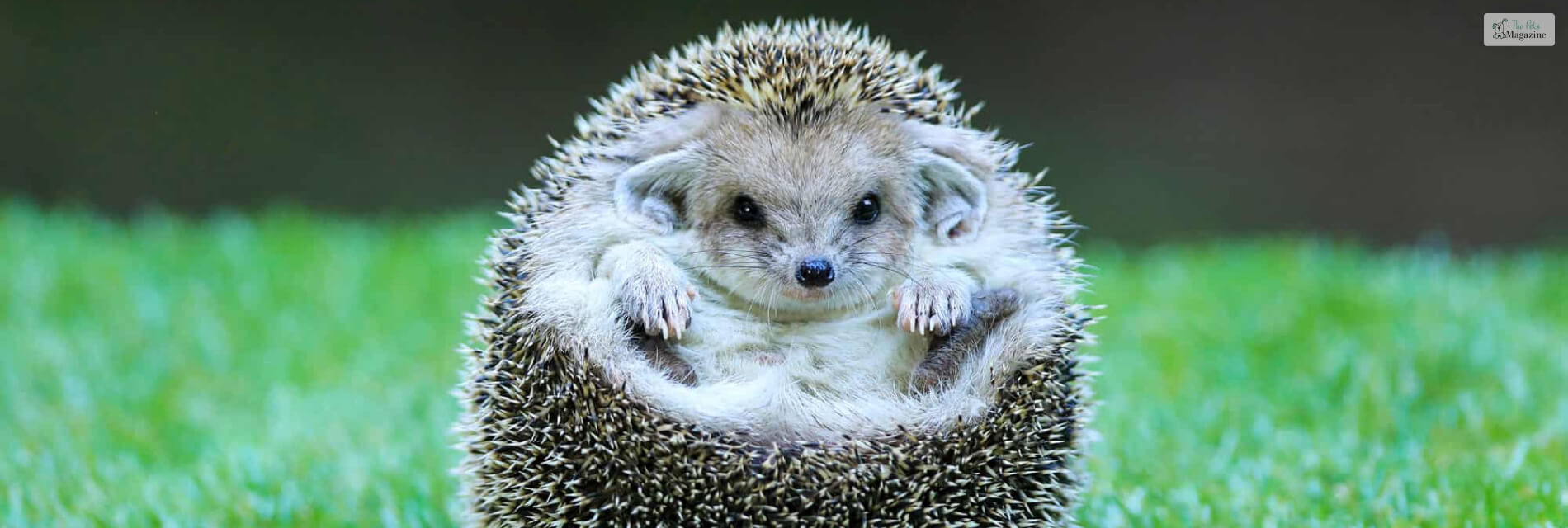
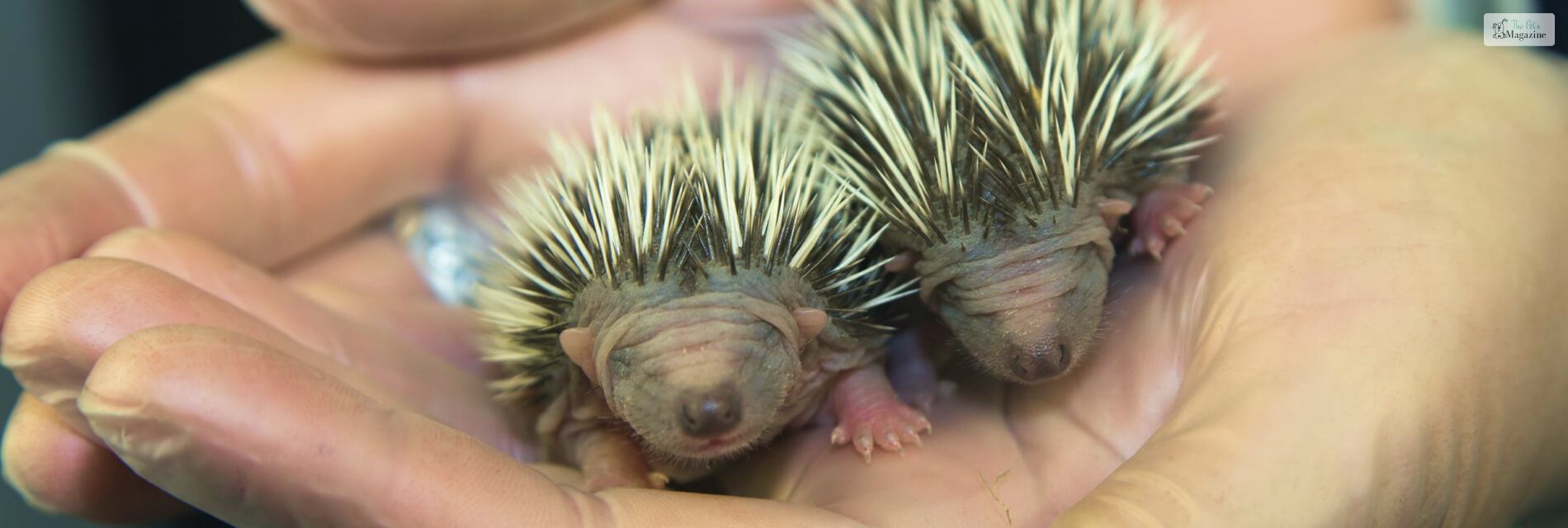
Leave A Comment